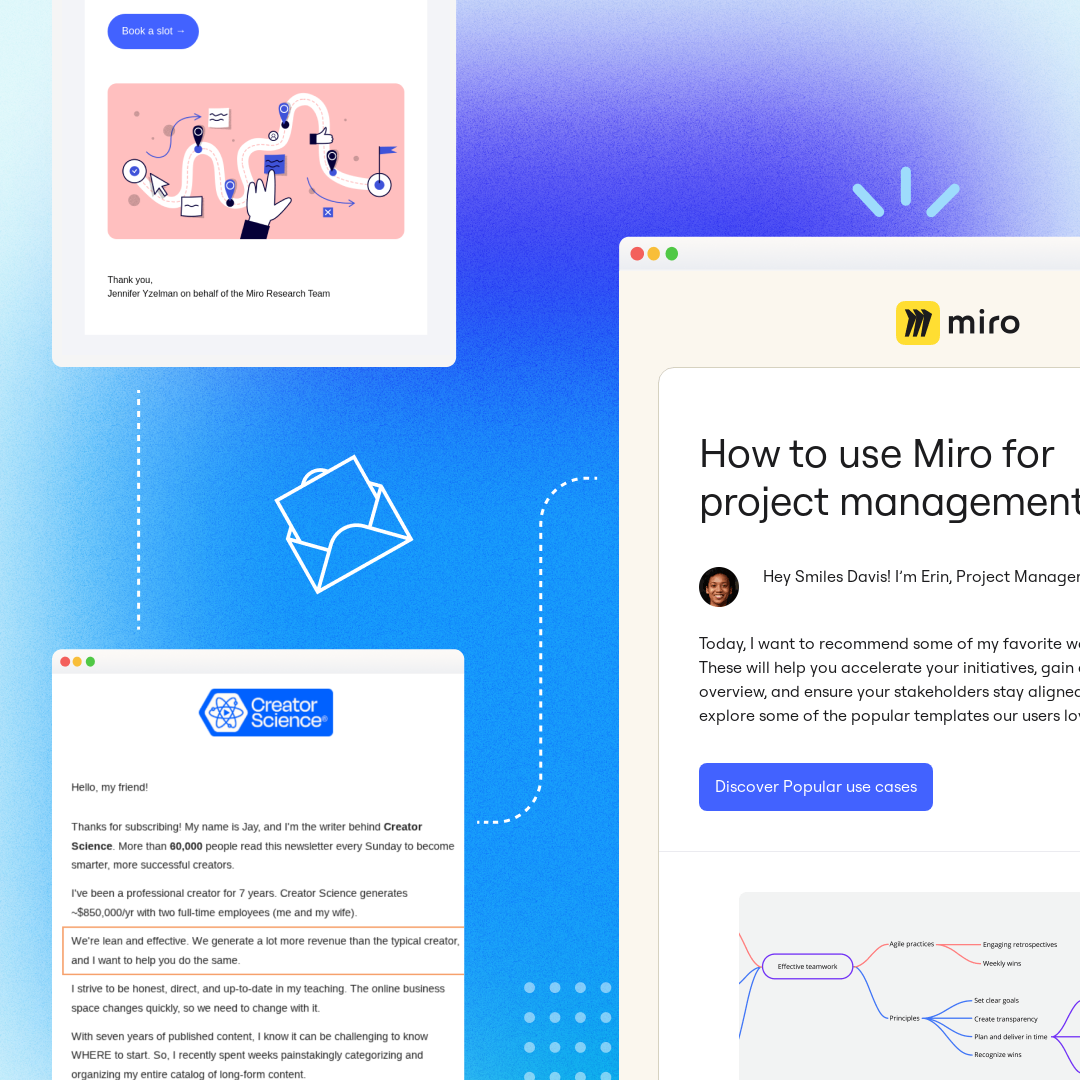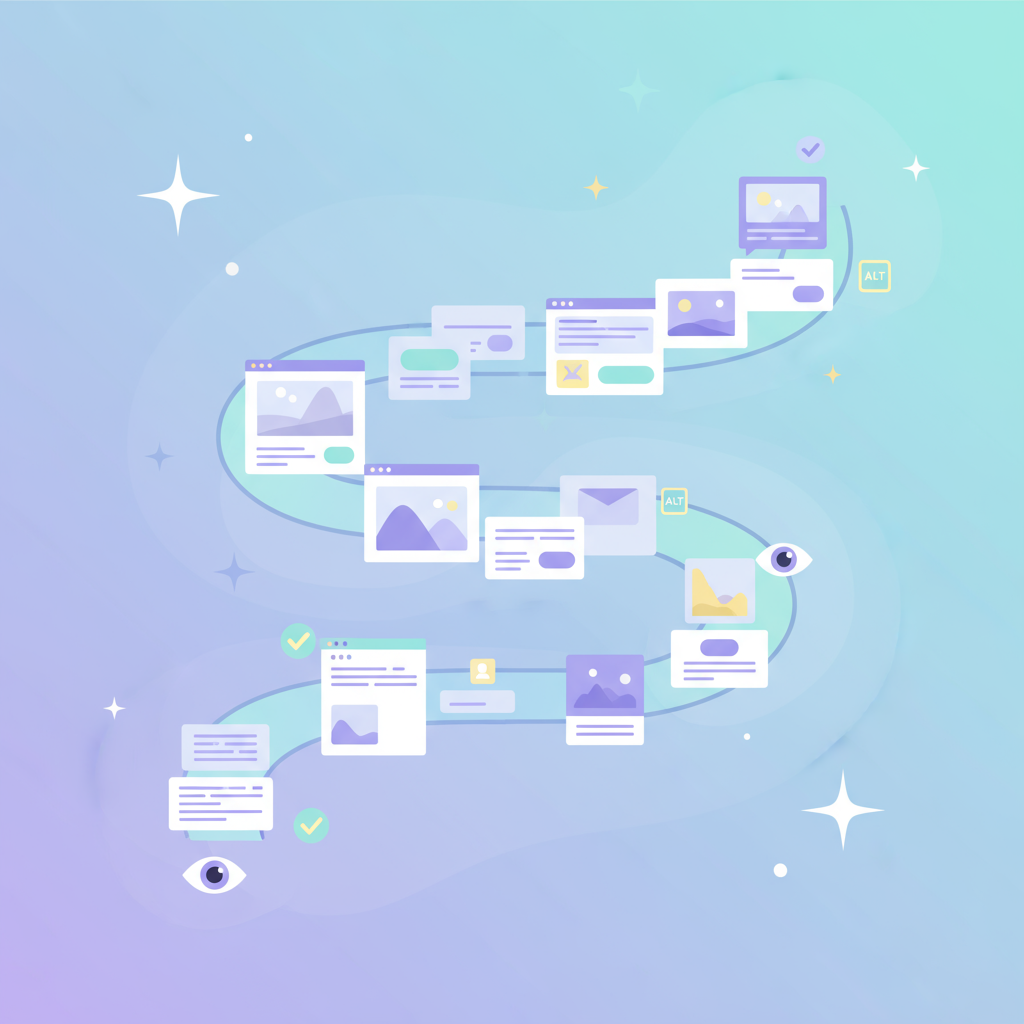
We’ve been busy bees this year. From attending the country’s best SaaS conferences to launching dozens of new features to improve email collaboration. We even changed our business model to offer you a free version of BEE Pro. And we’ve done it all to democratize beautiful, high-performing, on-brand content that is easy and accessible to all.
Let’s go back to where it all started …
A study by Zippia states that as of 2022, 26% of U.S. employees work remotely. That is 20% more than the 6% that worked remotely in 2019, according to the United States Census Bureau. This rise was something that no one saw coming. Not only did it change the way we worked individually, but it changed how we collaborated with our teams, departments, and organization. On top of that, the rise in remote work accelerated the need for the quick creation of digital assets by non-designers and the demand for smoother collaboration workflows.While tools like Adobe Creative Cloud and Figma existed, very few tools allowed for the smooth creation of engaging emails without needing knowledge in design, code, and HTML. This new way of working came with challenges, such as:
- Having to learn new tools for design and collaboration
- A loss in productivity due to miscommunications
- And an over-reliance on designers to maintain the brand guidelines of any outgoing emails.
Here enters BEE with our Freemium model.

As mentioned, our purpose since our inception has been to democratize design. We had a tool that allowed everyone to create high-performing emails and landing pages quickly, regardless of background, skill set, and budget.We just needed to make it accessible to all. And on March 30th, 2022, we did just that. As of November 2022, there are an average of 144 BEE sessions a minute and 207,212 per day. Totaling 75,632,731 sessions this year alone, spanning 35,000 BEE Pro users across 180 counties, including Netflix, Amazon, and Disney. According to these numbers, It’s clear to us that you’ve obviously been a busy bee too ;) Read more about our decision to go from a Free Trial to a Freemium Model here.
1,500 Free Email and Landing Page Templates.
In 2018 our creative BEE Team brought together a small group of designers from all over the world to begin the development of the BEE Template Catalog. The goal was to provide BEE users with an ever-growing, rich, and evolving collection of designs that allows you to quickly, easily, and consistently deliver better results. All while empowering designers to get paid and noticed for their unique work and style. With the launch of our free plan, our Template Catalog also became accessible to all free of charge. This year we’ve grown the catalog to over 1,500 email and landing page templates for any occasion and industry, becoming the largest in the market. There are a few things that make our catalog great. Not only are they professionally designed and mobile-optimized, but our drag-and-drop editor makes it easy to customize in minutes.In fact, Jim Maddock, a Freelance Email Developer who uses BEE Pro daily, shared with us that he can quickly build full email campaigns from start to finish within 30 minutes with the templates he has been able to customize for his clients. As of December 2022, 365,501 emails and landing were created using our template catalog. We can’t wait to see what you design next. Read more about our journey to 1,500 templates here.

Free email templates for every industry and occasion
We Focused on Better Email Collaboration in 2022.
As a remote-first organization, we know all about remote collaboration. As our own team grows, we are constantly exploring new ways to make working together across different time zones effortless.Our learnings have inspired us to improve and develop features to make it easy for you and your teams to come together, design, and review content.
A centralized location for all your assets and project communications.
We know the hassle of not having everything in one place. The constant back and forth in communication, delays in reviewing, and the never-ending search for that one file.Better collaboration starts with better communication and organization. Better communication means having a clear set of responsibilities, and brand guidelines, and easily giving and receiving useful design feedback.User Roles & Permission:On our mission to democratize design, we noticed that it did not come without its challenges.Brands fear a potential lack of brand consistency and even a lack of quality of the content produced by non-designers.Our goal was to put those concerns to rest.User roles and permission allow you to empower your team with specific tasks and responsibilities based on their skill set - whether that’s email copy, design, or providing feedback.This allows teams (big or small) to come together and work simultaneously on a project, all without having to worry about the brand identity being hindered because everyone has a specific role.

To further maintain brand control, improving our style guidelines became a priority.Style guidelines are a set of color palettes, fonts, and texts, predefined by designers. They’ve always been used to ensure brand consistency and cohesiveness throughout all brand touchpoints. But it wasn’t until the rise of remote work that we began to think of style guidelines as a way to empower everyone to create on-brand digital communications.These predefined set of guidelines already help cut email production speed by a lot, but to take it one step further, we made sure you could store them within BEE Pro.

Style guidelines feature on BEE Pro Team PlanLast but not least, the ultimate time saver: Saved RowsPart of better collaboration is also being able to design assets quickly to get things moving through the pipeline. Saved rows (also known as reusable content blocks) do just that.According to the Litmus 2020 State of Email Workflow Report, it takes teams 2 or more weeks to produce an email from beginning to end. With BEE Pro, the average time it takes users to create an email is 8 minutes and 46 seconds. We don’t know if this is due to our extensive template catalog or our ease of use, but we can say that the reusable content block feature plays a part. These ready-to-use templates help save time when producing repetitive content such as footers, headers, CTAs, and anything else you might be inserting regularly into your emails and landing pages.https://www.youtube.com/watch?v=GCmxbuk4PRAIn other words, building tools for better collaboration was our main focus here at BEE in 2022, with an emphasis on email design systems.Email design systems are guidelines that allow anyone to create assets with ease while staying on brand. These systems are an all-encompassing way of speeding up email production, maintaining brand control, and establishing smooth collaboration workflows.In addition, they help tackle some of the most common challenges that teams face when collaborating, like:
- Assigning tasks to the wrong team members
- Heavily relying on creatives to establish brand guidelines
- Constant delays in providing feedback
- And, again, looking everywhere for that one file!
BEE x Integrations
This year, we were also committed to expanding our collaboration with other platforms. We’re proud that BEE Pro is an agnostic tool that works with whatever ESP you have. You can export your emails by copying and pasting the HTML or downloading a PDF with just a few clicks. However, our fan favorite is the ability to push directly to your ESP from BEE Pro. Over the last few years, we’ve integrated with 10+ email marketing platforms to ease your email marketing workflow. With the launch of our free plan this year, we made all of these integrations available to all subscriptions and expanded our partnerships to include Salesforce Marketing Cloud, Veeva Vault. We’ve also added the ability to export landing pages with our long-term partner, HubSpot. We hope to continue adding to this list in the New Year and provide you with a seamless email marketing experience.

A warm thank you from our hive
As passionate designers, we love beautiful design that drives people to action. As marketers, we know beauty must drive results. As technologists, we build reliable systems that are easy to use. And everything we do results from wanting to create the best possible tool for you all. We appreciate every piece of feedback you give us just as much as we appreciate all the praises. Thank you for trusting us to be an integral part of your team and customer communications. And if you haven’t tried BEE Pro yet, we hope that in the New Year, we can impress you :)Here is a note for our CEO Massimo Arrigoni
“As of tonight (12.30), you've used our visual builder 75,631,442 times in 2022 to design your emails, landing pages, and more.That's a mind-blowing number that truly humbles us (we hope it was a good experience!!), totally motivates us (we'll make that experience even better next year!!), and - above all - triggers a really loud, heartfelt "Thank You!!!" from all of us at BEE.Thank you for trusting our products. We never take that for granted. Seriously. Happy 2023 to all of you!”
A sneak peek at what’s ahead
Over the last few years, you’ve trusted us to provide you with a best-in-class tool and templates. Now, it’s time for us to become your go-to source on all things email marketing.In 2023, we are committed to continuing to work on innovative ways to make email marketing effortless and collaboration seamless. Expect to work more collaboratively with your distributed teams and update your content across assets faster than ever.We also aspire to become a hub for current industry trends and practices. To do this, we’ve begun expanding and improving our Youtube channel and blog content to provide industry insights, resources for designing engaging and converting emails, and how-tos to get the most out of your BEE Pro subscription. We’re also hosting more webinars featuring top industry brands and leaders.We hope that the more knowledge we share, the more powerful of a business professional you’ll be, (whether it’s a sales leader, designer, or anything else in between) It’s our small way of saying “thank you.” Well, that’s all for now!In the meanwhile, sign up for our email newsletter! Stay updated on all things BEE and be the first to know when new BEE resources and features launch.Happy New Year!



